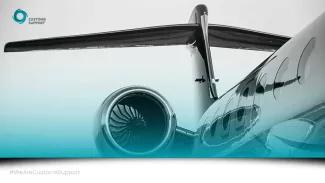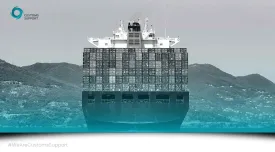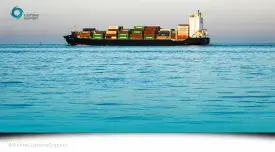The Incoterms were first introduced in 1930 and have been facilitating global trade ever since. Every ten years they are revised and updated.
The Main Changes in Incoterms 2020
1. Delivery at Terminal (DAT) is now Delivered Place Unloaded (DPU)
The term delivery at terminal often caused confusion, as different people had different views on what a terminal was. There were also many companies that wanted to use these terms to deliver to a factory. In this revision of the Incoterms DAT is renamed to DPU. Under these terms it is no longer relevant if the goods are unloaded at a terminal, as long as they are unloaded in a pre-agreed place. It could even be roadside, as the place doesn’t even have to be covered. By removing the term terminal, the Incoterm is now more general in nature.
2. Insurance coverage updates to CIF and CIP
There are two Incoterms where the Seller buys insurance for the Buyer. These are Cost, Insurance, and Freight (CIF) and Carriage and Insurance Paid (CIP). What is new under the Incoterms 2020 is the level of insurance for both terms, which now differs. CIF requires a lighter and cheaper form of insurance, known as Clause C of the Institute Cargo Clauses. The reasoning behind this is that CIF is mainly used for bulk and commodities, whereas CIP is used for manufactured goods. CIP requires higher-level insurance, known as Clause A of the Institute Cargo Clauses.
3. Costs are now clearly listed
Another update to the 2010 terms is related to the cost structure. For each Incoterm there is now a section outlining what costs are for the seller and what costs are for the buyer. That way nobody is surprised by back charges. This makes pricing more transparent for all parties involved.
4. More emphasis on security
Under the new Incoterms 2020 there is a bigger emphasis on security. For each term there is now a section outlining what security measures buyer and seller much each take much clearer.
5. Using your own transportation
Under Incoterms 2010 it was assumed that shipments were always collected or delivered by thirds party carriers. Under Incoterms 2020 there are now provisions for buyers and sellers that want to use their own transportation for the carriage of the goods. For the seller, these can be found in the D rules, like DPU or DDP. For the buyer, these can be found under the FCA rule.
6. FCA and Bills of Lading
Incoterms 2020 now has provisions for shipping goods Free Carrier (FCA) with a Bill of Lading with an on-board notation. This is especially useful for containerized shipments. Under Incoterms 2010 many buyers were using FOB, because of the Bill of Lading that was required to be present under FCA. That requirement was related to the Letter of Credit. Under de new FCA term buyer can instruct the seller to issue a transportation document with an on-board notation. This solves the issue, and buyers can now use FCA without issues.
Questions?
If you want to know more about these and other changes in the Incoterms 2020, please contact one of our experts. They are willing and able to answer your questions and assist you with your needs when it comes to any customs-related issue.













